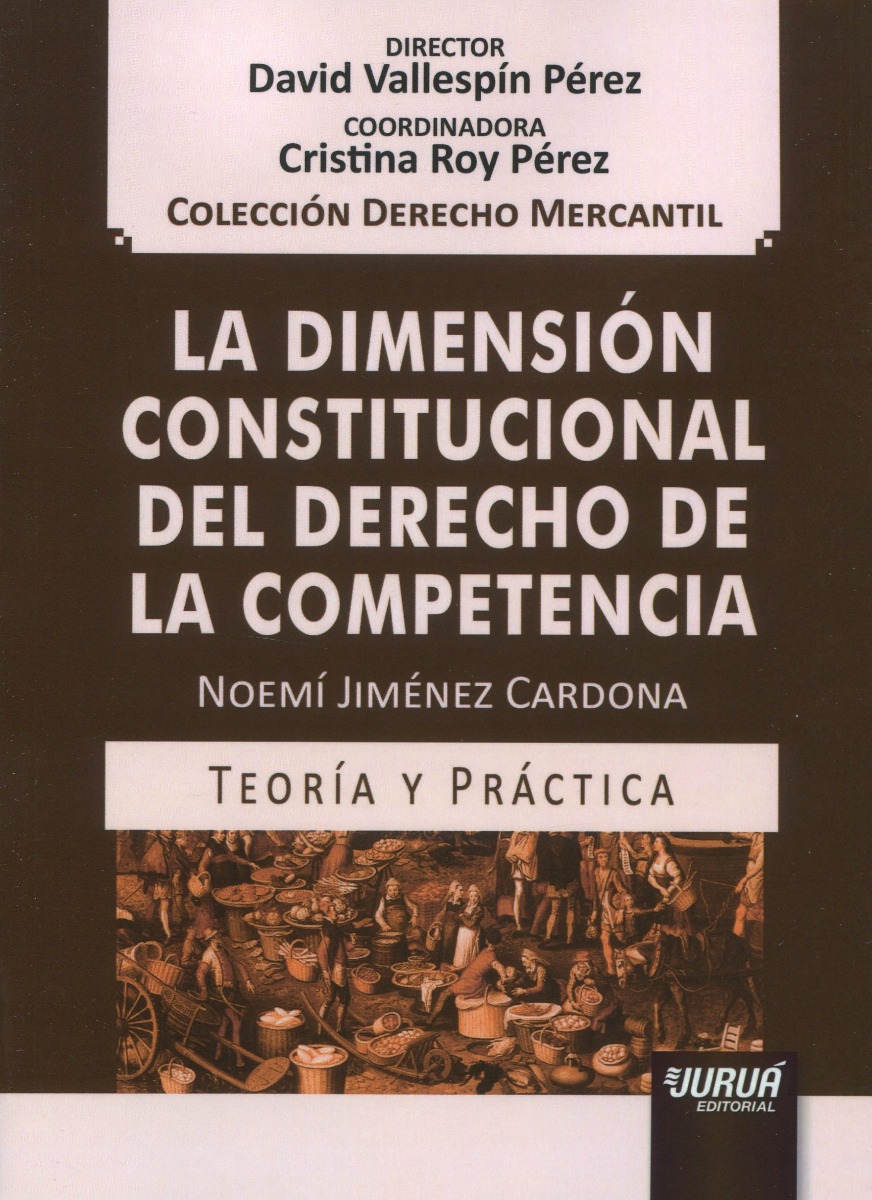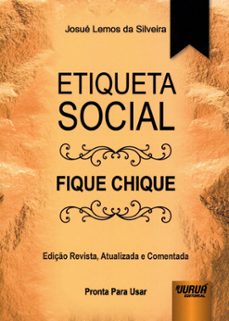Subtotal: 34,85 €
Dimensión constitucional del derecho de la competencia
20,70 € 19,67 €
Hay existencias
Descripción
Dimensión constitucional derecho competencia
La realidad del entorno económico actual ha dado lugar a la proliferación de nuevos modelos de negocio. Sin embargo, la coexistencia de los modelos de negocio “tradicionales” con aquellos otros surgidos a raíz del e-commerce ha planteado, en el terreno jurídico, cuestiones cuyas respuestas ahora parecen esconderse bajo el complejo juego de interdicciones y colisiones entre los diferentes derechos e intereses subjetivos de los agentes económicos afectados por la actividad empresarial.
La convivencia y competición que existe entre ambos paradigmas empresariales ha hecho todavía más acuciante la necesidad de deslindar el alcance y los límites a los que debiera quedar sujeta la actividad empresarial con tal de respetar el libre juego de la competencia y sin que ello suponga. Además, una desventaja ilegítima para el resto de competidores.
Ante la situación actual que nos describe el funcionamiento de un mercado en constante cambio la presente obra se centra en analizar, con detalle y a través de sus cuatro capítulos los presupuestos constitucionales que fundamentan nuestro sistema económico. Así como los derechos subjetivos de carácter socio-económico que de él se derivan. Para así luego proceder a precisar, en orden a su correcto ejercicio, los límites legales a los que debieran hacer frente sus legítimos titulares. Como la ponderación que debiera darse a los supuestos de colisión de derechos entre los diferentes agentes empresariales. Y todo ello, sin desatender el papel y alcance que debiera corresponder ocupar al actual Derecho de la competencia y el pleno respeto al contenido esencial del derecho a la libertad de empresa.
AUTORA: NOEMÍ JIMÉNEZ CARDONA
MÁS TÍTULOS SOBRE DERECHO MERCANTIL. COMPETENCIA

 Derecho, relato y realidad
Derecho, relato y realidad 


